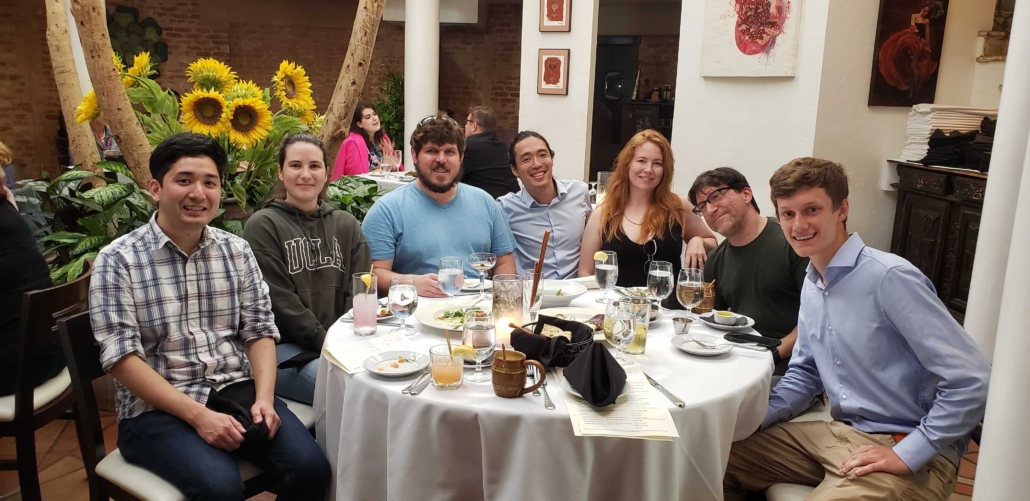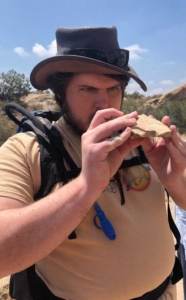CURRENT GRADUATE STUDENTS
Christiane Jacquemetton
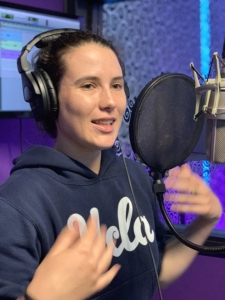
I am currently studying the impacts of artificial selection on domestic dog olfaction through cribriform plate morphology. Due to artificial selection, the variation in domestic dog skull shape is dramatic, especially in regards to the changes in the shape of the snout. Located with the snout are many structures related to olfaction, and I am studying how the shape of these structures is affected by the changes in skull morphology due to intense artificial selection over a relatively short time period. I also plan to compare the variation in shape between domestic dogs and all canids.
I enjoy pursuing questions related to how morphology changes over time, and how these changes in morphology impact the functional role of these traits.
Mark Juhn
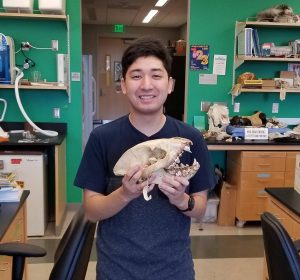
Diversity declines, in which a group exhibits a net negative diversification rate in its evolutionary history, are well documented and widespread in the fossil record. Therefore, many clades that biologists study today must have experienced or are currently experiencing decline. However, there is currently little empirical understanding of decline. My research broadly focus on understanding the signal and drivers of clades in decline in the context of fossil carnivorans. Currently, my work looks at the macroevolutionary patterns of the family Hyaenidae, which has experienced a drastic decline from peak diversity in the late Miocene to four extant species today.
Evan Doughty
CURRENT POST-DOCS
Dr. Deborah Bird

I am interested in the evolution of olfaction in mammals and the relationship between morphology and function. I am preparing a comparative study of the morphology of the cribriform plate across several Carnivoran clades to test the hypothesis that cribriform structure reflects olfactory acuity. The cribriform plate is a small section of perforated bone within the brain case through which axons from olfactory tissue pass from the nasal chamber into the olfactory bulb. Number, size and pattern of the perforations vary markedly among species. I am asking how variation correlates to reliance on smell. I am using carnivorans to study this question because they include a number of closely related species with disparate olfactory behaviors and ecologies (e.g. terrestrial and aquatic). To ground my reference to olfactory function, I will be be studying the olfactory receptor (OR) gene repertoire and presence of OR pseudogenes among the selected carnivore species. I will look for correlations between the molecular data and the morphology of the olfactory apparatus.
LAB ALUMNI
Justin Keller
Masters – 2019
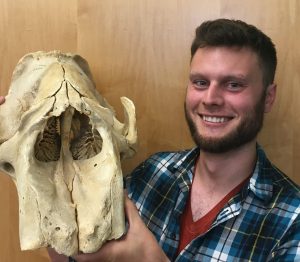
Dr. Mairin Balisi
PhD – 2018

Dr. Caitlin Brown
PhD – 2017

Dr. Benison Pang
PhD – 2017

Dr. Abigail Curtis
PhD – 2015

Dr. Graham Slater
PhD – 2009
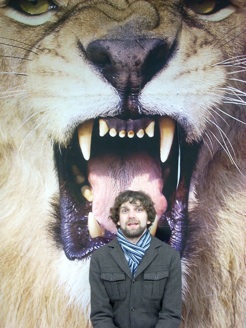
Dr. Julie Meachen
PhD – 2008
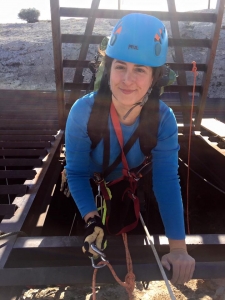
Dr. Joshua Samuels
PhD – 2007
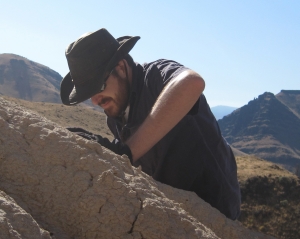
Dr. Anthony Friscia
PhD – 2005

Dr. Wendy Binder
PhD – 1998


